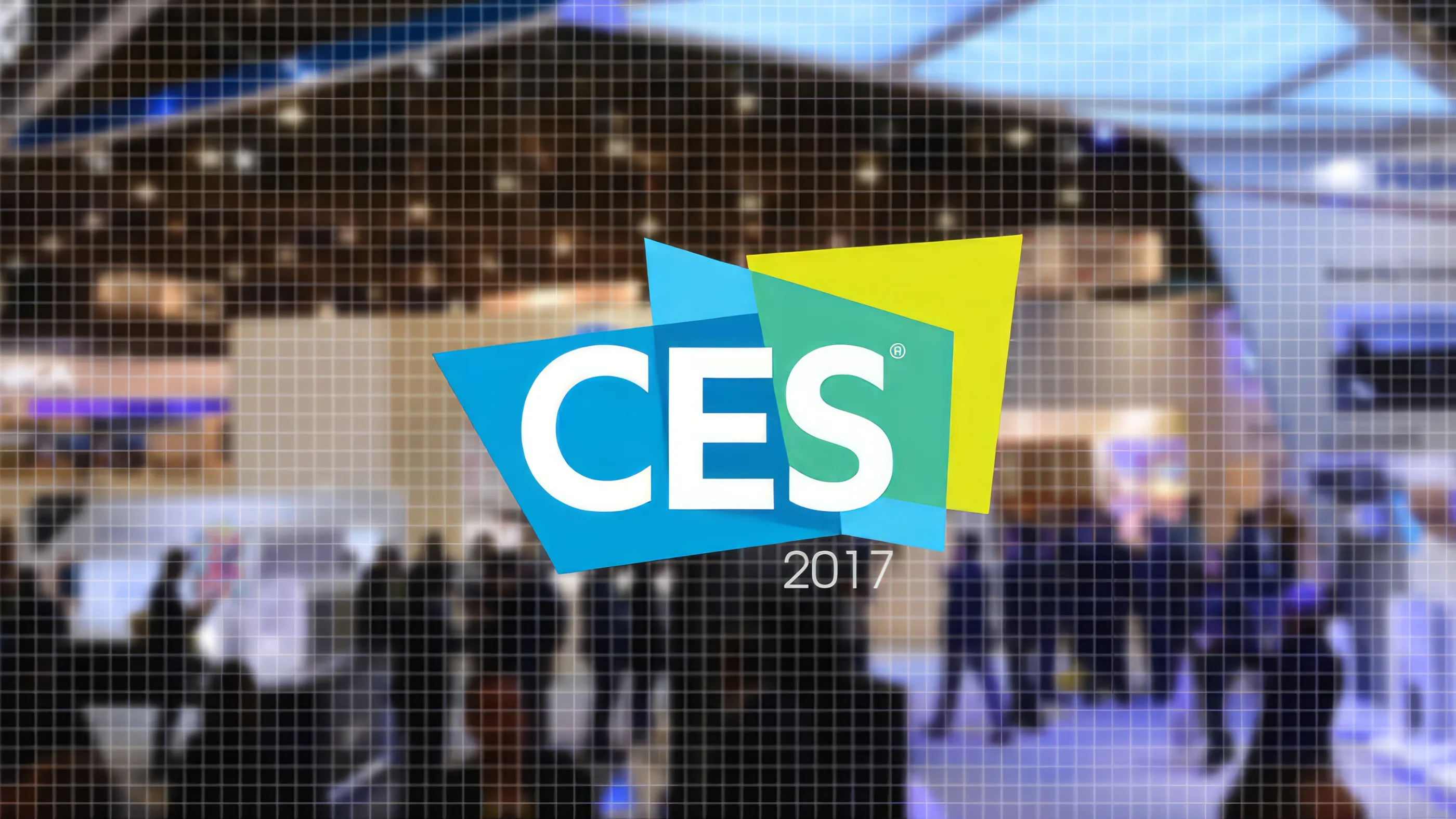
The latest consumer technologies from CES 2017
Celebrating its 50th year, CES International once again took place in Las Vegas from the 5th – 8th January. DCA had a team in attendance to seek out the latest consumer innovations and technology trends. Here’s a snapshot of what they discovered.
LG Signature W OLED TV
Among an array of new TV technologies including QLED from Samsung, and Sony’s first ‘proper’ OLED TV, LG stole the show with first views of its impressive Signature W. The OLED 4K HDR televisions are just 2.57mm thick and can be magnetically mounted almost flush to the wall. On the stand, LG showcased the 77-inch wafer-thin TVs mounted to rotating glass panes creating a stunning display.



Faraday Future’s all-electric FF91
Start-up Faraday Future attracted a lot of attention in North Hall with the launch of their luxury self-driving electric car. It produces 783 kW of power, equating to 1050 HP and claims to accomplish 0-60 mph in just 2.39 seconds (faster than Tesla’s Flagship Model S). Despite the scepticism and financial concerns hanging over the production of the vehicle (due to deliver in 2018), it was hard not to be excited by the features it presented: advanced facial recognition to unlock the car; polymer dispersed liquid crystal (PDLC) rear and side windows; and an intelligent interior that remembers seating positions, driving settings, favourite music and ideal temperature. Even more impressive was the use of 35 cameras and sensors to support driving correction and to enable the FF 91 to find a parking space without the driver, or deliver itself to you when requested through the accompanying app.



Sleep number 360 Smart Bed
Sleep quality has grown as a definite trend in recent years and there was a selection of products related to sleep monitoring, enhancement and optimised waking. Among our favourites was the Sleep Number 360 Smart Bed. The bed continually senses your movements and automatically adjusts firmness and support to keep you comfortable, as well as controlling the temperature inside and outside the bed. It will elevate your head if it detects snoring, and also monitors how well you slept based on your heart rate, breathing, and movements.
Another interesting offering in this area was Sensorwake’s Oria. Displayed in the Eureka hall for start-ups, Oria releases patented fragrances to help you relax as you fall asleep and to enhance your sleep quality during the night.



Honda
On its main stand, Honda was presenting a concept urban electric vehicle, NeuV with a very clever AI, called ‘Hana’ at the helm, but we were even more enamoured by the self-balancing motorbike showcased in the side arena. The bike borrows balancing technologies already incorporated in Honda’s Asimo robot to provide a ‘rider assist’ system that can self-drive and prevent toppling while driving at low speeds. Watching the motorbike roll forward and stand on its own accord, it looked like it was defying gravity.



AI integration
Not surprisingly, there was a broad selection of robots and AI systems (and of course drones!) across the CES exhibition halls again this year. What was interesting, however, was seeing how intelligent technologies are starting to integrate more in our daily lives. As the availability of connected and smart devices grows exponentially, it is increasingly evident there needs to be a unified interface. Companies such as Emotech or Haier were proposing their own intelligent robot hubs for home ecosystems - in the form of Olly and Ubot, respectively - but arguably the loudest voice in this area was Amazon’s Alexa. Its uptake by existing and start-up companies was noticeable throughout the show, suggesting Alexa may well become the main voice of our future smart homes.



When is smart not so smart?
With smart tech being absorbed into almost every product imaginable, we couldn’t help questioning its appropriateness and value in some instances. Where it was used well, (such as the Sleep Number 360 Smart Bed mentioned above) the value was clear. Other cases, however, questioned whether the inclusion of smart technology generates a viable proposition. Some of the products we saw that challenged this included: Kérastase’s Hair Coach smart hairbrush that monitors hair health; Smartypans Smart Pan that gives real-time cooking instructions while monitoring the weight and temperature of ingredients; or 42 Tea’s smart cube and app to help prepare a perfect cup of tea (we all need a perfect cup of tea!).



Driver as passenger
With the target of self-driving vehicles clearly established, it was evident that car manufacturers have turned their attention to redefining the experiences we will have while our vehicles transport us around. Exciting visual interfaces and infotainment systems were evident, with BMWs Holographic display concept literally jumping out. Chrysler, VW and Nissan showcased concept cars with interiors that transform when the car is automated, while Hyundai even suggested the car interior could be an extension of our living room. But possibly the most impactful trend was the rise in ever more intelligent AI assistants. Among them, Toyota’s Concept-i, that will learn with the driver, building a relationship and anticipating their needs. Nvidia was also apparent as a main player unveiling its Drive PX2 platform, and announcing new additions to their ecosystem of partners, which now includes Tesla, Bosch, Audi and Mercedes, among others. If there’s one main takeaway from CES this year, it’s that autonomous driving is ever closer and will redefine the relationship we have with our cars.








